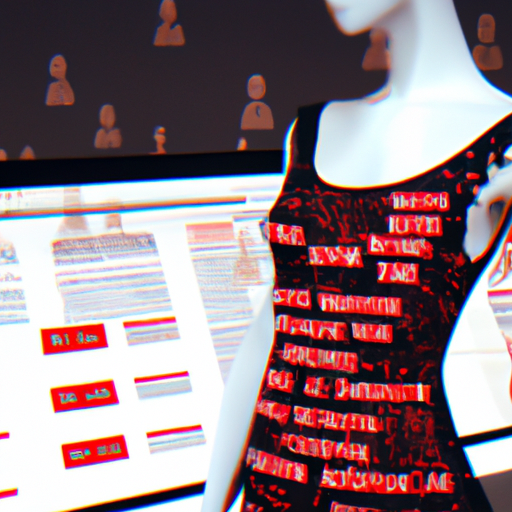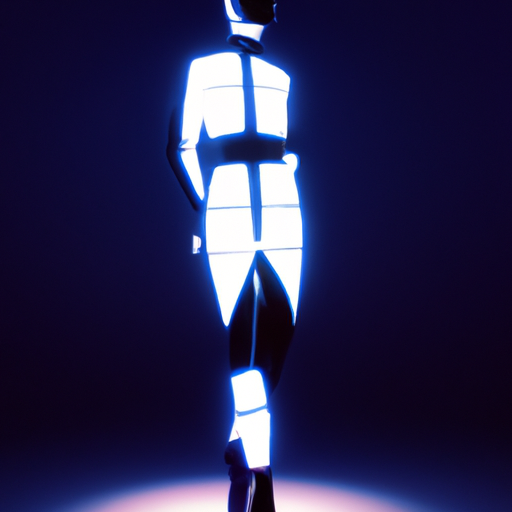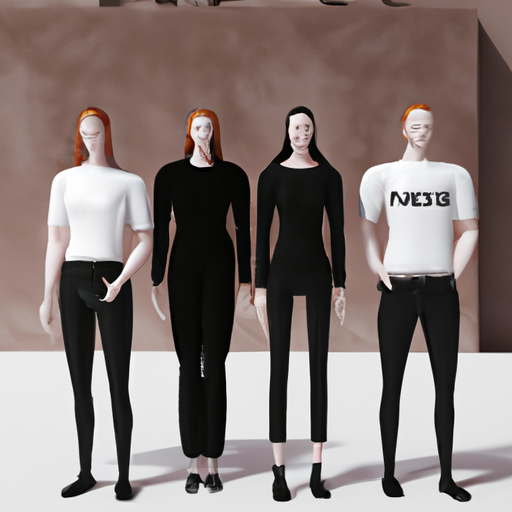Digital fashion is transforming how we perceive, create, and consume clothing in the virtual age. From NFT fashion collections to immersive digital runways, technology is blurring the lines between physical and digital fashion experiences. This emerging field offers unprecedented creativity and accessibility for designers and consumers alike.

The fashion industry is experiencing a radical transformation driven by digital technologies that are redefining traditional concepts of clothing, design, and personal expression. Digital fashion represents a groundbreaking frontier where virtual garments, augmented reality experiences, and blockchain technologies converge to create entirely new modes of sartorial creativity.
Traditionally, fashion has been a physical, tactile experience limited by material constraints and production techniques. Digital fashion eliminates these boundaries, allowing designers to create impossible garments that defy physical laws, experiment with extraordinary textures, and explore concepts that would be impractical or expensive in traditional manufacturing.
NFT (Non-Fungible Token) fashion collections have emerged as a particularly exciting development in this space. Digital designers are creating unique, blockchain-verified clothing pieces that can be 'worn' in virtual environments, traded as collectible assets, and used in video games, social media platforms, and metaverse experiences. These digital garments offer unprecedented opportunities for personal expression and creative exploration.
Augmented reality (AR) technologies are making digital fashion increasingly interactive and accessible. Smartphone apps now allow users to 'try on' virtual clothing, experimenting with styles and looks without physical limitations. Major fashion brands like Gucci, Louis Vuitton, and Nike are investing heavily in these technologies, recognizing their potential to transform consumer engagement.
The environmental implications of digital fashion are significant. By reducing the need for physical production, digital garments can dramatically decrease the fashion industry's carbon footprint. Virtual clothing eliminates waste, reduces transportation emissions, and provides a more sustainable alternative to traditional fashion consumption models.
Technological advancements are making digital fashion more sophisticated and realistic. Advanced rendering techniques, machine learning algorithms, and improved graphic design tools are enabling creators to develop stunningly lifelike virtual garments. These digital clothes can now simulate complex fabric behaviors, intricate textures, and dynamic movement with unprecedented accuracy.
The democratization of fashion design is another crucial aspect of this digital revolution. Traditional fashion design required significant financial investment in materials, production, and marketing. Digital platforms now allow emerging designers to showcase their creativity with minimal overhead, creating more inclusive and diverse fashion ecosystems.
Cross-platform digital fashion experiences are becoming increasingly complex and immersive. Designers are creating clothing that can seamlessly transition between video games, social media platforms, virtual reality environments, and augmented reality experiences. This fluidity challenges traditional notions of fashion as a purely physical medium.
Economically, digital fashion represents a rapidly growing market. Analysts predict that virtual fashion could become a multi-billion dollar industry in the next decade, with digital clothing, accessories, and collectibles attracting significant investor interest. Major technology and fashion companies are investing heavily in this emerging sector.
Consumer behavior is also evolving, with younger generations particularly embracing digital fashion experiences. Millennials and Gen Z view digital clothing as a legitimate form of self-expression, valuing the creativity and flexibility offered by virtual garments. For these digital natives, the line between physical and virtual fashion is increasingly blurred.
As we look toward the future, digital fashion promises to be much more than a passing trend. It represents a fundamental reimagining of how we conceive, create, and interact with clothing. By merging technology, creativity, and personal expression, digital fashion is writing an exciting new chapter in the ongoing story of human sartorial innovation.



